At standard conditions, which is at 0℃ (32 degrees Fahrenheit) and a standard atmospheric pressure (101.325 kpa), Nitrogen has a density of 1.25 g/L. When converted to g/cm3 or kg/l, kg/m3, the density of nitrogen at standard atmospheric pressure and standard temperature is 0.00125 kg/L or 1250 kg/m³. According to the ideal gas equation, the density of nitrogen can be calculated using the formula: Density = Gas molar mass × Gas pressure / (Gas constant × Gas temperature).
Why is Nitrogen Density Important?
Nitrogen density refers to the number of molecules of nitrogen contained in a unit volume under specific conditions, typically involving temperature and pressure. Calculating the density of nitrogen can assist in controlling gas separation and liquefaction processes. Furthermore, certain scientific applications require the calculation of nitrogen density, such as in spectroscopy instruments or gas insulation membranes.
Nitrogen density is a fundamental physical quantity that is important for ensuring the precise control of industrial processes, the accuracy of scientific research, and the safety of human activities. Nitrogen is one of the major components of the atmosphere, accounting for approximately 78% by volume. When working with air or other gas mixtures, the density of nitrogen is necessary to calculate the overall density of the mixture and the proportions of the components. Therefore, the density of nitrogen is affected in some way at different pressures and different temperatures.
Industrial applications: Nitrogen is often used as a protective or reaction gas in chemical and manufacturing industries. Understanding its density is critical to the safety and efficiency of storing, transporting and using nitrogen.
Energy storage: In energy storage technologies, such as nitrogen energy storage, the density of nitrogen is a key parameter for designing storage systems and evaluating storage efficiency.
Aerospace: In aerospace, the density of nitrogen is important for the design and operational safety of aircraft fuel systems, especially when considering the variation of air density with altitude.
Meteorology: In meteorology, variations in nitrogen density affect the measurement of atmospheric pressure, which is important for weather forecasting and climate modeling.
Currently, our researchers are also paying more and more attention to the density of nitrogen for our life and industry.
Measuring Nitrogen Density
The standard measurement of nitrogen density is typically established and disseminated by the International Organization for Standardization or national standardization bodies in each respective country. In the United States, for example, such standards are often issued by the American National Standards Institute (ANSI) or the National Institute of Standards and Technology (NIST). In Europe, these standards often originate from the European Committee for Standardization (CEN).
These standardization organizations develop a set of standard test procedures to obtain target data based on established scientific or engineering practices. The authority of the results often stems from rigorous control of variables and ultra-high precision of instruments.
In 1772, Scottish chemist Daniel Rutherford discovered nitrogen and roughly measured the density of nitrogen gas. In the late 19th century, British physicist Rayleigh heated a glass tube containing copper filings and passed air, purged of water vapor and carbon dioxide, through it. Oxygen reacted and was removed, measuring the density of nitrogen gas as 1.2572 g/L (which led to his discovery of argon). Nowadays, more indirect measurement methods have been discovered, allowing for rapid measurement of gas density using sensors. Additionally, mathematical methods for calculating gas density at specific temperatures and pressures have found wide application.
Factors Affecting Nitrogen Density
Several important factors influence the density of nitrogen:
Temperature
According to Charles’s Law, the temperature is directly proportional to the kinetic energy of gas molecules. As temperature rises, gas molecules move more vigorously, increasing the distance between molecules and resulting in lower gas density.
Pressure
As pressure increases, the distance between gas molecules decreases, leading to an increase in gas density.
Purity
Generally, higher purity results in greater nitrogen density.
Humidity
The addition of moisture may dilute nitrogen, resulting in decreased density.
Properties of Nitrogen
Chemical Properties of Nitrogen
At room temperature, nitrogen generally does not react with other substances. It is non-combustible and non-toxic. Apart from water and alcohol, nitrogen is insoluble in most liquids.
Physical Properties of Nitrogen
Nitrogen is a common gas, usually with a lower density than air. Under standard atmospheric pressure, when cooled to -195.8°C, nitrogen becomes a colorless liquid, and at -209.8°C, it forms a snowy solid.
Biological Function of Nitrogen
Though nitrogen is not directly involved in chemical reactions, it is an essential raw material for the synthesis of organic compounds in plants. Plants produce organic matter through photosynthesis, with nitrogen typically derived from nitrogen compounds in the soil, and some bacteria are also capable of synthesizing nitrogen molecules from atmospheric nitrogen gas.
Industrial Uses of Nitrogen
Oil and Gas Extraction and Coal Mining
Oil and natural gas wells rely heavily on nitrogen. Injecting nitrogen into wells increases internal pressure to enhance oil recovery. Similarly, filling natural gas with nitrogen reduces its calorific value, ensuring safer transportation. Using nitrogen as a gas source during the pneumatic conveying of coal dust proves safe and highly cost-effective.
Chemical Industry
Nitrogen serves as the primary raw material for synthesizing ammonia. It is also utilized in the production of calcium cyanamide, sodium cyanide, and silicon nitride. High-purity nitrogen is used in the manufacturing of polyethylene. Due to its chemical inertness, nitrogen serves as a protective gas in many hazardous reactions.
Metallurgy
Virtually all heat treatment processes, such as quenching, annealing, and carburizing, can be achieved using nitrogen-based gases. Introducing nitrogen during non-ferrous metal smelting process can inhibit oxidation, thus improving product purity. Additionally, nitrogen is used to reduce the hydrogen content in molten steel, thereby enhancing its strength. Blowing nitrogen into blast furnaces can reduce coke consumption.
Electronics Industry
Nitrogen with a purity of 99.999% is often utilized as a protective gas in the production of electronic products and semiconductor components. To maintain the dryness and cleanliness of silicon wafers, nitrogen is commonly used for purging.
Metalworking
Liquid nitrogen is widely employed in the mechanical engineering industry. Parts treated with liquid nitrogen can have extended wear life, and utilizing liquid nitrogen for cooling during machining can result in higher surface finish quality for the components.
Science and Medicine
High-purity nitrogen is required for spectrometer analysis. Liquid nitrogen is often used to provide low-temperature environments for numerous scientific experiments. In the field of biology and medicine, liquid nitrogen serves as an ideal refrigerant, commonly used for preserving semen, human tissues, or assisting in surgical procedures.
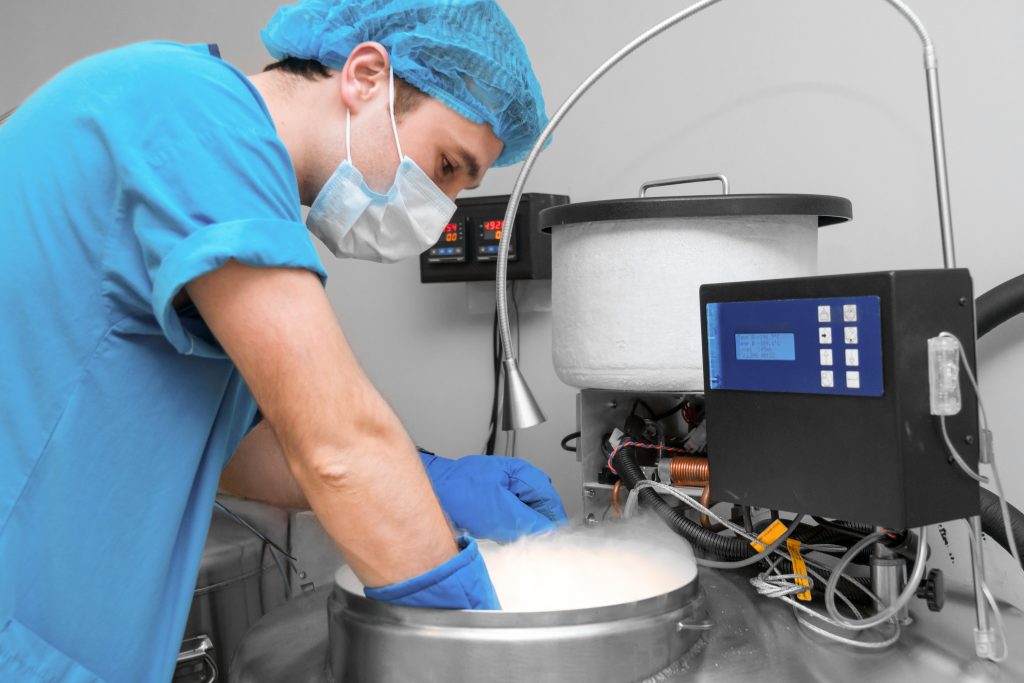
Food Preservation
Creating a low vacuum state by extracting gases after sealing grains or fruits, and then filling them with nitrogen, can inhibit microbial growth, thereby preserving food freshness and preventing contamination for an extended period.
Aerospace
The liquid hydrogen system on rockets is highly dangerous, and it relies on pneumatic systems driven by nitrogen as a gas source. High-pressure nitrogen is also used for purging rocket fuel lines. Simulating outer space on the ground also requires significant amounts of liquid nitrogen and liquid helium.
Liquid Nitrogen and Cryogenics
When an object with a temperature higher than -196°C comes into contact with liquid nitrogen, based on thermodynamic principles, the liquid nitrogen absorbs the object’s heat through evaporation. The cooling rate of liquid nitrogen far exceeds that of typical refrigeration methods, often achieving a decrease of several degrees Celsius per minute. Additionally, due to nitrogen’s lack of reactivity with organic matter, liquid nitrogen is commonly used for preserving animal and plant tissues to maintain biological activity.
Liquefying nitrogen is not an easy task, and storing liquid nitrogen presents its own set of challenges. When liquid nitrogen vaporizes, its volume expands rapidly; 1 cubic meter of liquid nitrogen can vaporize into 643 cubic meters of nitrogen gas. In a sealed container, this poses an obvious risk of explosion. Specialized, tested steel cylinders are typically used for its storage.
How to Obtain Nitrogen
There are several widely used methods for producing nitrogen, some of which include:
Low-temperature Air Separation
Also known as cryogenic distillation, this process takes advantage of the different boiling points of oxygen and nitrogen in air to separate them. Through repeated evaporation and condensation processes, high-purity nitrogen can be obtained from a distillation column. The purity of the nitrogen depends on the number of distillation stages.
Membrane Separation
Purified compressed air is passed through specialized membranes, where different gases exhibit unique permeation and diffusion characteristics. As a result, one side of the membrane (high-pressure or low-pressure) will contain a higher concentration of oxygen, while the other side will contain a higher concentration of nitrogen.
Pressure Swing Adsorption (PSA) Technology
In this method, air is passed through molecular sieves at a specific pressure. Due to the differing adsorption capacities of molecular sieves for oxygen and nitrogen, the two gases are separated. It is important to note that to continuously obtain nitrogen, typically two adsorption towers are used in a cycle of gas adsorption and release.
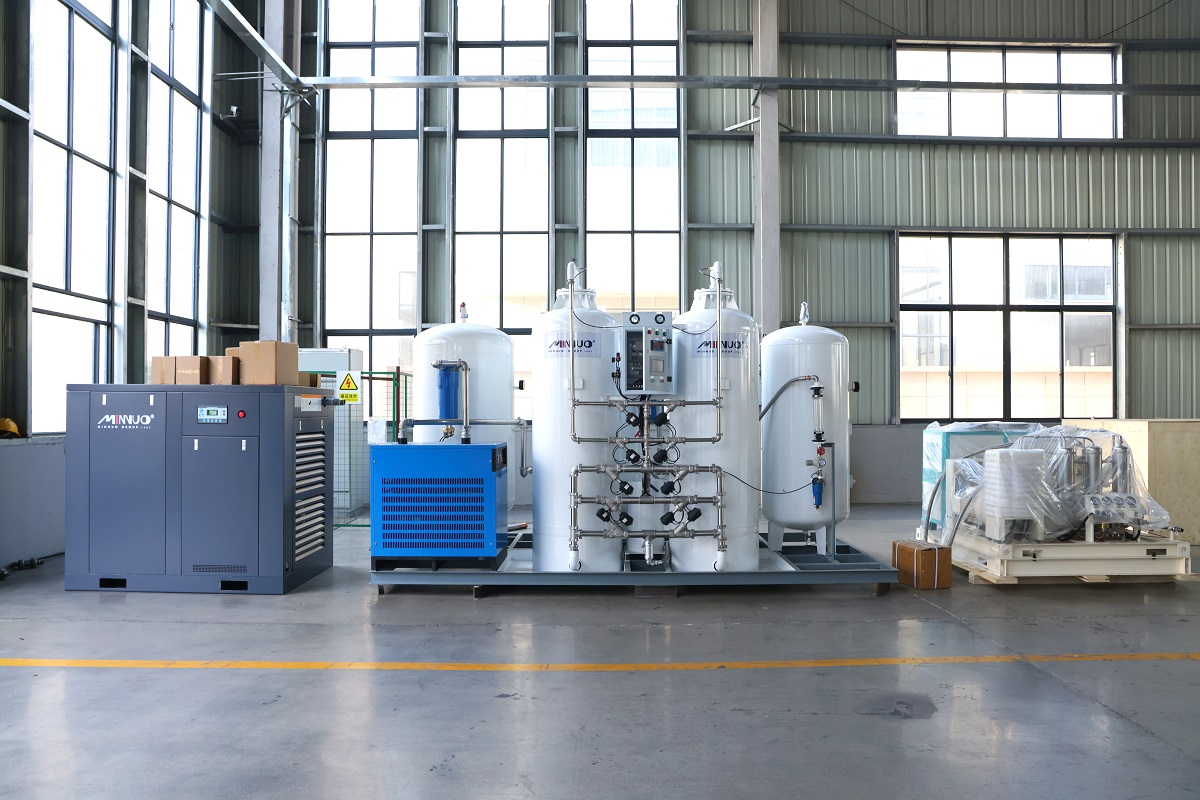
How to Store Nitrogen
We typically use high-pressure cylinders to store compressed nitrogen gas. It’s important to note that temperature control in the storage environment is crucial to prevent cracking and explosions. Liquid nitrogen is also stored in specially designed steel cylinders at extremely low temperatures, making temperature consistency equally critical for liquid nitrogen storage.
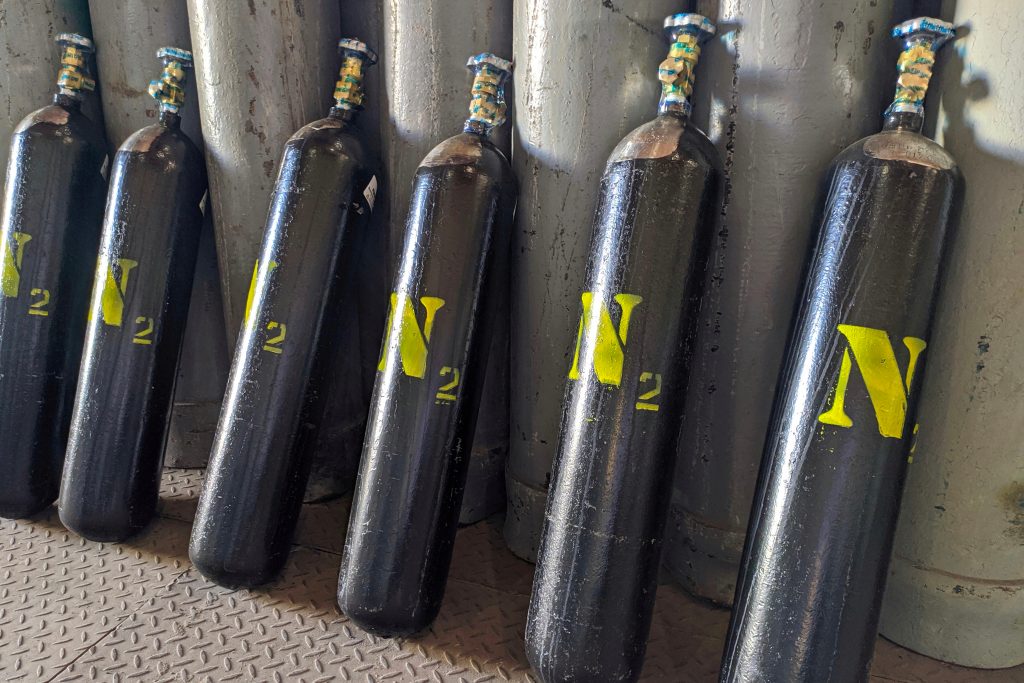
Is Nitrogen Dangerous?
Under normal circumstances, nitrogen is harmless. However, this depends on the concentration of nitrogen in the environment and the duration of human exposure to nitrogen. Nitrogen leaks are difficult to detect, but high concentrations of nitrogen can cause loss of consciousness in just 20 seconds and can be fatal in 3 to 4 minutes. Therefore, nitrogen is not allowed to be released indoors. Workplaces with significant amounts of nitrogen should be equipped with oxygen breathing apparatuses.
Imagining the Potential of Nitrogen
In the future, nitrogen will play a role in a wider array of fields. Let’s imagine that perhaps nitrogen could contribute to carbon capture technologies to reduce greenhouse gas emissions. In the hydrogen energy revolution, nitrogen might serve as an efficient energy storage medium. The potential of nitrogen’s characteristics in treating neurodegenerative diseases is also very promising. In conclusion, better utilizing this ubiquitous gas will be our long-term mission.


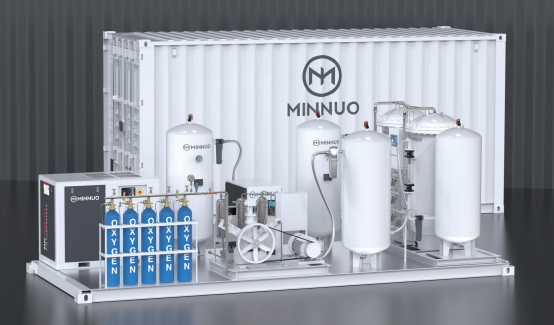
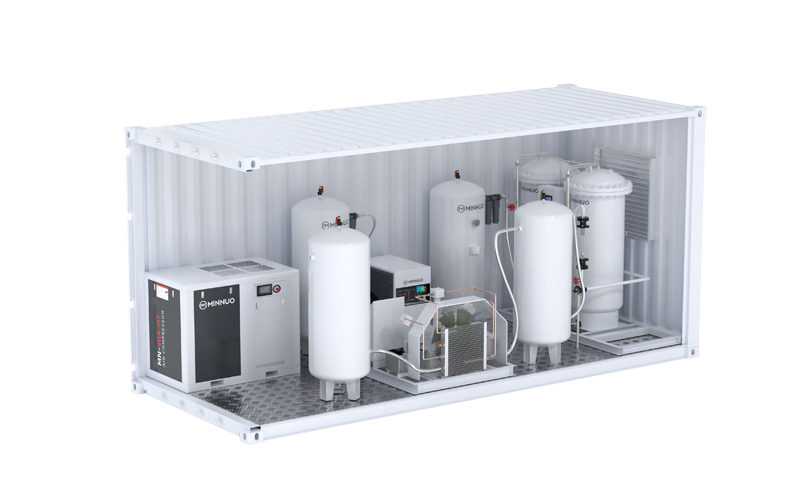
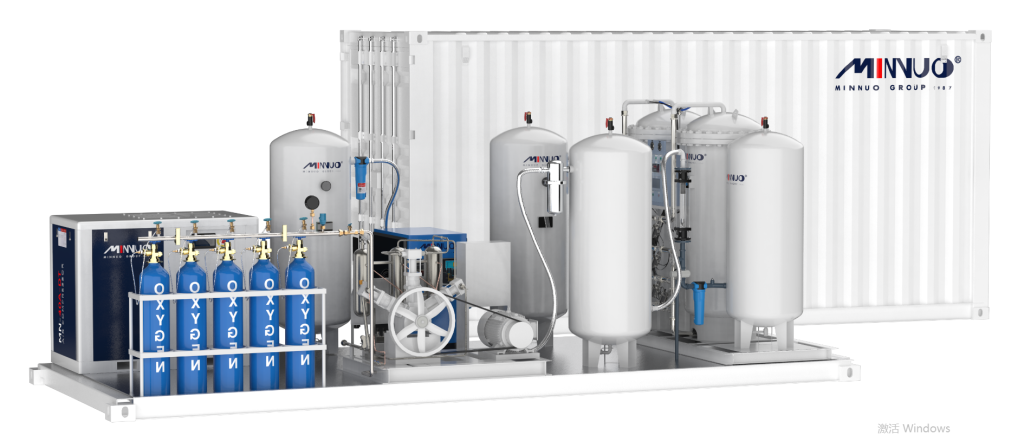

 sales2:+86 17506119168
sales2:+86 17506119168

